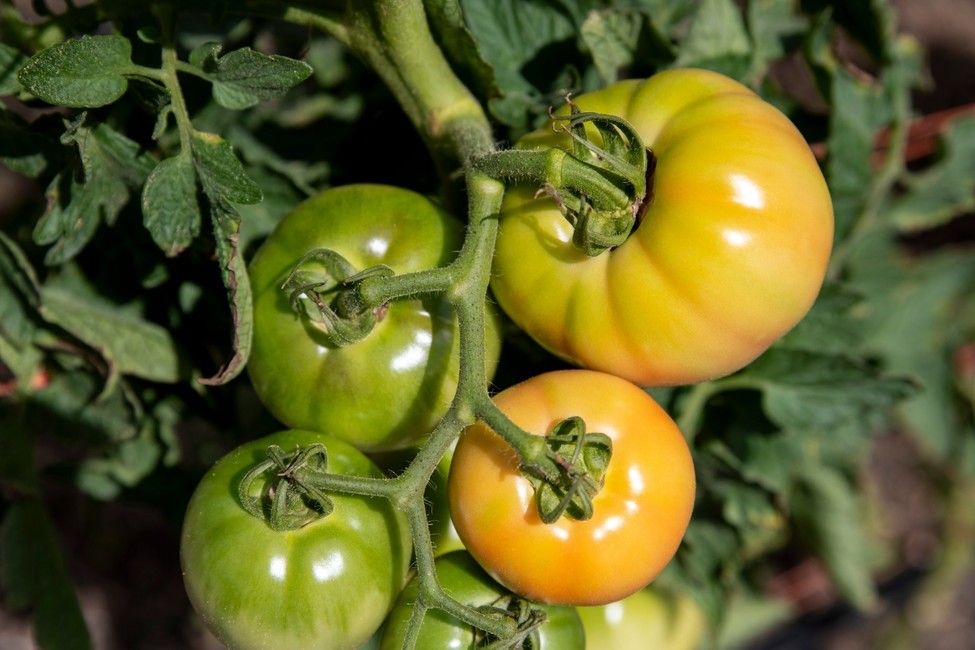By Jean Larson
If you’re like me, saving seeds from the garden from one year to the next is a family tradition. If you are new to this practice, preparing for fall seed saving starts now. Here are a few things to consider:
1. While there are thousands of plants from which to gather seeds — the best seeds to save are those from heirloom varieties or open-pollinated varieties, not hybrids. Heirloom plants have been open-pollinated over time, and fruit from the seeds you save should have most of the characteristics of the parent. Hybrid plants, unlike heirlooms, are grown from seeds of two pure parent lines combined to create desirable traits, thus the seeds you save only last one generation, eventually reverting to the parent and possibly with disappointing results.
2. The best seeds to save are vegetables — such as beans, peas, tomatoes and lettuce. These seeds are all self-pollinating, reducing the chance of adverse crossbreeding. While there is still a chance the seeds may be insect-pollinated, it’s best to plant only one heirloom variety of each plant if you are planning to save the seeds. For example, my favorite lettuce is Forellenschluss lettuce — so I plant this lettuce only and not others to save the seeds.
To harvest seeds from lettuce you must let it send up flower stalks that contain seeds, which means you cannot harvest all your lettuce. Pick apart the seed heads (or rub them between your hands as I do) to separate the seeds from the pappuses (think of dandelion tufts). You may also use a screen or sieve to separate the chaff from the seeds.
A wide variety of tomatoes are grown at the Farm at the Arb, ripening on the vine in the summer sun. Photo by Katie Knapp
3. You can also save seeds from some types of flowers, such as calendula, columbine, foxglove, globe amaranth, marigolds, morning glories, nasturtiums, nigella and zinnias. To save flower seeds, wait until the petals die back and allow the flower head to dry on the stalk for a few days. If left on their own, you might have to share a few of the seeds with birds, but you can also cover the flower head with a paper bag until ready to harvest.
To harvest, cut off the flower head into the paper bag to dry in a cool, dark space. You will know the seeds are dry if they snap by hand or shatter with a hammer. Be sure to label each bag with details of the plant variety and the date of harvest to ensure they are viable for planting in the future.
Whatever seeds you decide to save, plan ahead and think about how you can help these heirloom and open-pollinated gems live on from one generation to the next.
For more information on seed saving, visit the Seed Savers Exchange and the University of Minnesota Extension. There, you’ll find detailed and easy-to-follow information on growing and harvesting seeds from a variety of edible and ornamental garden plants.
Dr. Jean Larson is the manager of Nature-Based Therapeutics and the Nature Heals Initiative at the Minnesota Landscape Arboretum and is faculty lead of the Nature-Based Therapeutic Studies at the Earl Bakken Center for Spirituality and Healing of the University of Minnesota.

